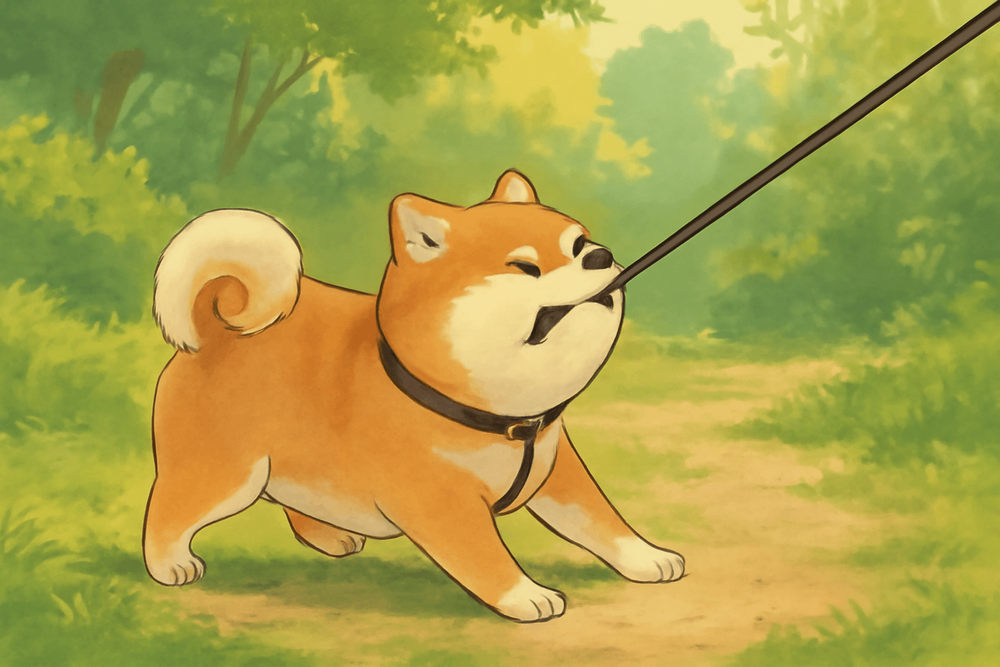
Walking Without Worry: Tackling Dog Pulling with Heart and Science
If you dread leash walks because your dog pulls hard, you’re not alone. I’ve faced this struggle with my stubborn Shiba Inu and learned effective tools and games that turned our walks from a tug-of-war into a partnership. Let’s explore why dogs pull, how you can change their focus, and how to use tools and games effectively for a calmer, more enjoyable walk.
Why Dogs Pull: Understanding the Behavior
Dogs often pull because it’s a natural response to feeling resistance, combined with excitement for the world ahead. Imagine if someone gently but firmly pushed you from behind—you might instinctively brace or lean forward to keep your balance. Dogs react similarly to leash tension: they tend to push forward harder against that pressure. Add in intriguing scents, sights, or other distractions, and pulling quickly becomes habit-forming because it often seems to get them closer to what they want.
Making Walks a Game: Shifting Your Dog’s Focus
You don’t have to out-muscle your dog. Instead, make you the most interesting part of the walk with simple, fun games:
The “Watch Me” Game
In a quiet spot, say your dog’s name or “Watch!” and reward any eye contact with treats or praise. This teaches your dog that paying attention to you is rewarding, even amid distractions.
Touch Cues
Teach your dog to “Touch!” by gently booping their nose to your open palm for a treat. It’s a great way to redirect focus and manage distractions during walks.
These games aren’t just tricks—they build a strong connection where your dog learns that responding to you pays off, making loose-leash walking a positive experience.
The Prong Collar: Fact and Fiction
Prong collars often get a bad reputation due to misunderstanding or misuse. When properly fitted and used responsibly, a prong collar doesn’t hurt your dog. It applies uncomfortable pressure only when your dog pulls hard, giving clear, immediate feedback—like a gentle reminder that pulling won’t get them anywhere.
If you’re considering a prong collar, I recommend going with Herm Sprenger. It is one of the most reliable brands and is well made.
Harnesses: What Works and What Doesn’t
Not all harnesses help with pulling. Most back-clip harnesses can encourage pulling by channeling force to your dog’s chest and shoulders, empowering their forward motion.
A better choice is a front-clip harness—the leash attaches at the front to redirect your dog’s forward momentum sideways, making pulling more difficult and encouraging better leash manners. Though it doesn’t provide as immediate feedback as a prong collar, it pairs well with games and positive reinforcement.
Combining Tools and Techniques for Best Results
- Always pair any gear with games and positive reinforcement to make walks enjoyable and rewarding.
- Avoid using prong collars and harnesses simultaneously; their different mechanics can confuse your dog.